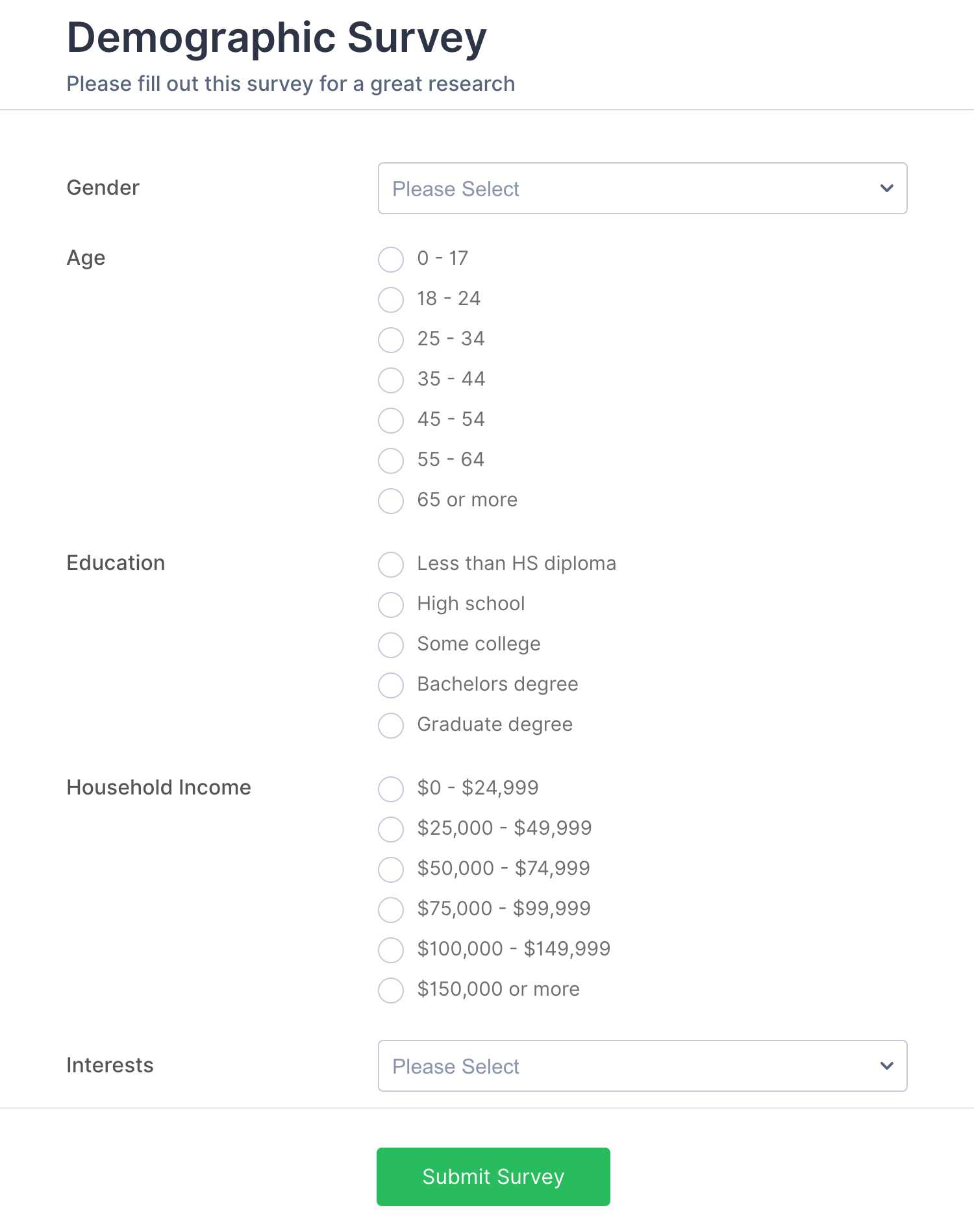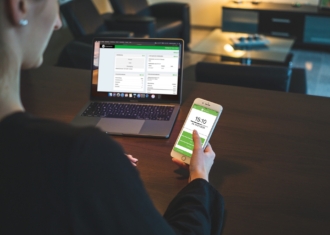Steps to creating an effective buyer persona
- Identify a few key buyers
- Gather quantitative and qualitative data
- Find a format you like
- Train your sales and marketing team to use personas
Running a business effectively means reaching the people who will actually buy your products or services.
Unfortunately, there are many ways your message can miss the mark. You can promote your business to the right people but at the wrong time. You can also create a compelling message but not know who to present it to.
That’s where a buyer persona profile can help. It serves as a guide for reaching the best possible people and addressing their pain points. Here’s how to create this useful profile of your ideal customer to improve your marketing and sales processes.
Identify a few key buyers
Before starting your research process, identify a few key people who you want to reach or who already buy your products. These people will range from repeat and regular customers to high-paying but less frequent shoppers.
“The idea of a buyer persona is to create a profile of your ideal customer as though they were a real person,” writes Emma Bilardi at Product Marketing Alliance. “Different people will take out your product or service for different reasons, so, usually, you’ll need a few different personas to cover each cluster.”
Consider the types of customers who visit a coffee shop like Starbucks or Panera. One target persona might be an “every morning regular,” who gets the same thing a few times per week. Another persona might be a “lunchbreak customer,” who wants something healthy but filling during the workday.

Gather quantitative and qualitative data
You can start with a general idea of who your customers are, but you’ll need to back up these profiles with data. It’s not uncommon for companies to change their customer profiles as they get to know their actual customers.
Start with quantitative data (using Google Analytics, your in-house metrics, and market research) and then expand into qualitative insights. These can come from customer interviews, focus groups, or meetings with your sales team.
“Sales teams speak to customers and high-potential leads all day,” Natalia Zhukova, head of international brand at SEMrush, says. “There may be a thing or two they can share with marketers about the qualitative part of the buyer persona profile — customers’ pain points, challenges, obstacles, goals, and values.”
Consider using a tool like Jotform to collect insight from customers and internal staff members. This allows you to curate data in one place and sort through responses easily.
Find a format you like
Once you have the data you’re looking for, create buyer personas that are easy to understand and use.
If you want to know what formats other companies use, Kim Kosaka, director of marketing at Alexa, gives 10 examples of buyer personas for both B2B and B2C audiences. You can scroll through these to find profile formats you think are valuable for your brand and recreate them with the data you collect.
The last thing you want is for your team to ignore the personas you worked so hard to create. Make sure the profiles are accessible, easy to understand, and actionable.

Train your sales and marketing team to use personas
As with all new tools and resources, you may need to train your marketing and sales teams on how to use your buyer persona profiles. You can begin this process over a few team meetings and continue it with stakeholder buy-in. You need cheerleaders who are excited to use those ideal customer profiles and watch them in action.
“Marketers who are sending advertising messages into the void without knowing the exact wants, needs, preferences and experiences of their target customers must resort to vague and general language in their ads in the hopes of connecting with at least a few recipients,” B2B writer Elise Dopson writes at Single Grain.
Work with your marketing department to identify ways to create better content or targeted messaging with the personas. As you start to use them, track how conversion rates increase or how the leads your sales team gets become more qualified.
“With buyer persona research at your fingertips, you’ll have a general idea of what’s going to be most relevant to a person before having your first conversation with them,” Jen Spencer, VP of sales and marketing at SmartBug Media, writes. “The buyer persona won’t replace sales discovery, but it will save you time.”
Developing effective buyer personas is a process. You may need to test a few formats to see what works for your sales and content teams. The information you collect the first time may need some improvement on the second go-around. However, if you keep learning and improving, you should be able to create something useful for your team that provides value to your customers.






















Send Comment: